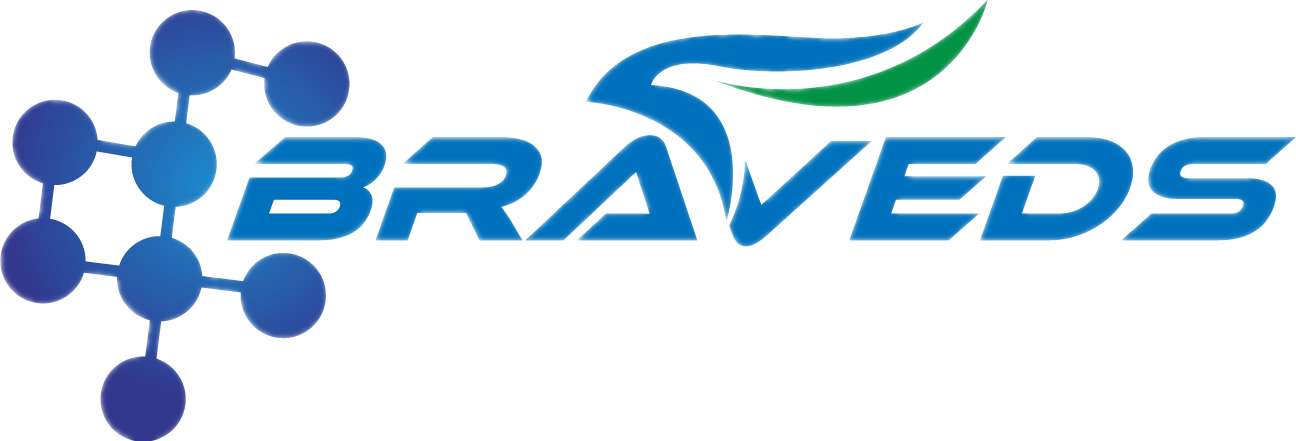S21 surfactant/Brij L23
Brij 35 (dodecyl polyethylene glycol ether) is a nonionic surfactant that combines a hydrophobic dodecyl chain (Brij 35) with a hydrophilic polyethylene glycol (PEG) long chain (e.g. PEG 1000). Its unique molecular structure anchors protein hydrophobic regions through hydrophobic chains, and hydrophilic PEG chains form hydration membranes. It is widely used in in vitro diagnostic reagents to stabilize proteins, optimize wettability and reduce non-specific binding, especially for scenarios requiring long-term preservation of active molecules or high-precision detection.
Action mechanism
Protein stabilization and protection: The long chain of PEG forms a hydration film, reduces protein aggregation or denaturation, and extends the validity of reagents (such as antibodies and enzyme preservation solutions).
Wetting and interface optimization: reduce the liquid-solid interfacial tension, promote the uniform spread of the reagent on the hydrophobic surface (such as cellulose nitrate film, microporous plate), reduce the edge effect.
Closed non-specific binding: Block the hydrophobic region on the surface of the solid phase carrier to reduce background interference (such as ELISA, chemiluminescence detection).
Controllable steric hindrance: at a reasonable concentration (usually ≤0.1%), PEG chain interference with antigen-antibody binding is avoided to ensure detection sensitivity.
Low toxicity: high biocompatibility, suitable for whole blood or live cell detection systems (such as microfluidic chips).
Application scenario
ELISA sealing/washing solution: Added to sealing solution or washing solution to reduce non-specific adsorption and improve signal-to-noise ratio.
Antibody/enzyme preservation solution: acts as a stabilizer to prevent protein inactivation in freeze-dried or long-term storage (e.g. HRP, Taq polymerase).
Immunochromatographic strips: Pre-mixed with the binding pad treatment solution to stabilize the marker (colloidal gold/latex) and inhibit non-specific binding.
Latex enhanced immunoturbidimetry: The addition of latex microsphere suspension (0.005%-0.03%) enhances particle dispersion and optimizes turbidity signal uniformity (such as CRP detection).
Microfluidic chip wetting agent: applied to hydrophobic channels (0.01%-0.05% solution) to optimize blood/reagent flow performance and avoid bubble retention.
General use range: 0.01%-0.5% (0.05%-0.2% commonly used in diagnostic reagents).
Matters needing attention
Concentration control: Excessive use (>0.3%) may result in steric hindrance of the PEG chain, inhibiting antigen-antibody binding and reducing sensitivity.
Stability and storage: Long-term exposure to light/heat may be oxidized and degraded (solution becomes turbid and needs to be filtered after use).
Compatibility test: Avoid direct mixing with strong oxidants (such as high concentrations of ammonium persulfate) or cationic surfactants (such as CTAB).
When combined with the chelating agent (EDTA), it is necessary to verify the effect on the activity of metal-dependent enzymes.
Q&A
Decreased detection sensitivity: the concentration of Brij 35 May be too high; It is recommended to reduce to 0.05%-0.1%, or optimize the proportion of sealer.
Agglomeration of latex particles: it may react with cationic buffer; It is recommended to replace it with a neutral/anionic buffer system (such as Tris-HCl).
Reagent turbidity or precipitation: may be improper storage or oxidative degradation; Filtration (0.22 μm filter) is recommended and storage conditions are adjusted.
The whole blood chromatographic speed is too slow: it may be insufficient wettability; A compound wetting agent (e.g. Surfynol 465) is recommended.
Remarks: The long PEG chain of Brij 35 makes it a preferred surfactant for protein stabilization and closed non-specific binding, but the concentration and formulation need to be optimized through pre-experiments (e.g. antigen-antibody binding efficiency testing, long-term stability analysis). For higher wettability, Surfynol series can be combined; For lower steric hindrance, Pluronic F-68 or Tween 20 is preferred.
| SKU | UNIT | PRICE (USD) | QTY |
|---|---|---|---|
| SG12544 | 500G | 80 | |
| SG12544 | 5KG | 388.5 |




